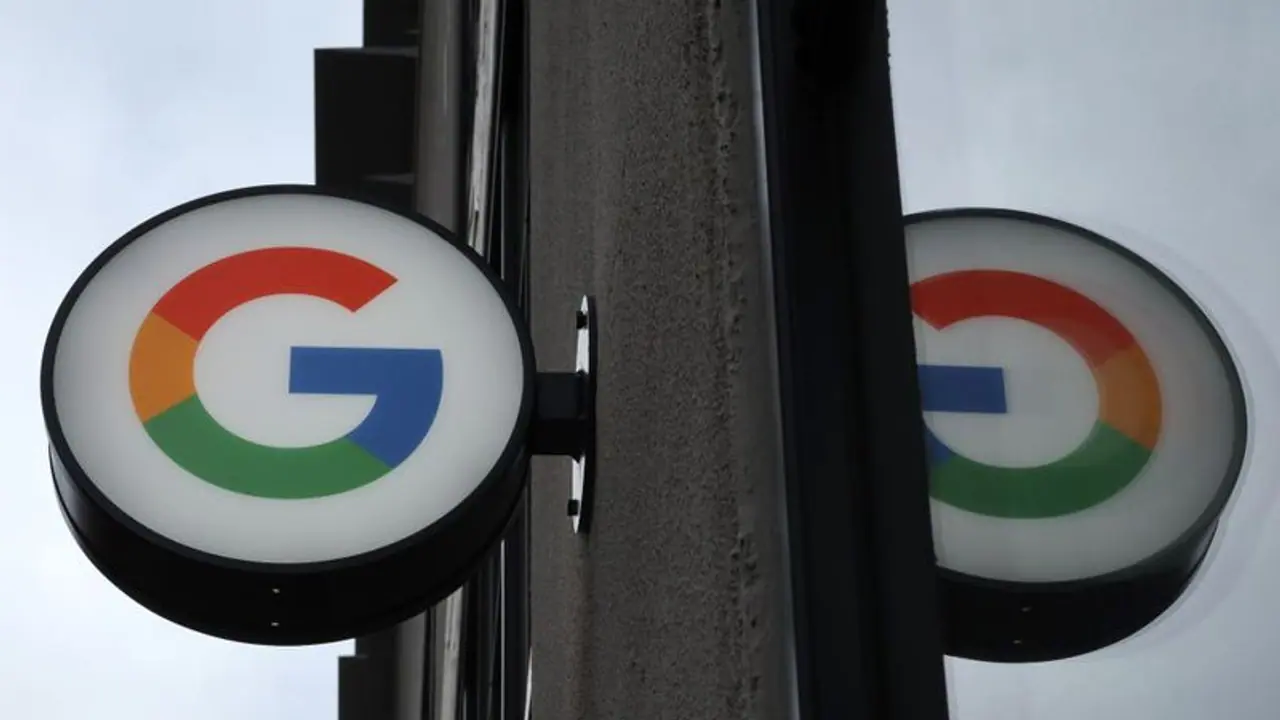Google introduces the Robotics Transformer 2 (RT-2), an innovative artificial intelligence model that trains robots to perform real-world actions, representing a significant leap forward in the development of adaptable and helpful robots.
People have long imagined a time when robots will be crucial in assisting humans with a variety of jobs. The Robotics Transformer 2, or RT-2, a ground-breaking artificial intelligence model created to train robots to execute real-world tasks like putting away rubbish, has brought that future closer than ever. This ground-breaking design marks a substantial advance in the creation of useful and flexible robots.

Robots, unlike the chatbots we've become accustomed to, need a deeper comprehension of reality and the capacity to deal with challenging circumstances. According to Google, training general-purpose robots has been a time-consuming and expensive process that has required rigorous training on massive quantities of data points from a variety of different items, situations, and scenarios.
Also Read | Want to earn money through Elon Musk's 'X'? Check criteria, payout process and more
With the release of the RT-2, Google has identified a fresh strategy to handle these difficulties. The Transformer-based RT-2 vision-language-action (VLA) model can comprehend and interpret text and images from the web. Similar to how language models acquire information from online data to comprehend concepts, RT-2 applies this understanding to teach robots how to carry out particular tasks.
The primary advantage of RT-2 is its capacity for "robot" speech. It gives robots the ability to think and decide based on the training data, allowing them to recognise items in context and understand how to interact with them. For instance, without much training on that particular activity, RT-2 can recognise and collect rubbish. Knowing that what was previously a bag of chips or a banana peel turns into garbage after usage, it comprehends the abstract nature of rubbish.
After testing RT-2 in over 6,000 robotic trials, Google's team found remarkable results. On tasks that the model was trained on (known as "seen" tasks), RT-2 performed as well as its predecessor, RT-1. Similar to how people learn by applying ideas to new settings, robots equipped with RT-2 can swiftly adapt to new circumstances and surroundings. While there is still work to be done to fully enable robots in human-centered environments, RT-2 provides an encouraging preview of what robotics could look like in the future.
